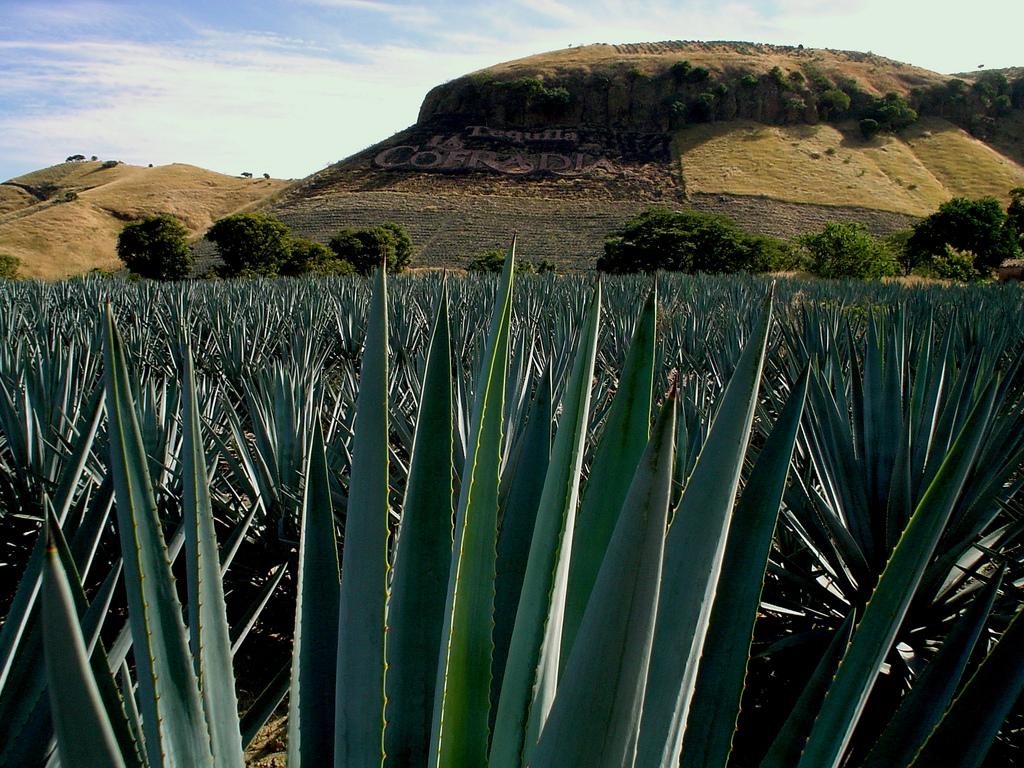The Agave plant can be used as the raw material for the industrial production of fructans as a prebiotic dietary fibre.
Because of its natural habitat in stressful environments, agave is under preliminary research for its potential use in germplasm conservation and biotechnology to better anticipate the economic effects of global climate change.
It may also have use as a bioethanol or bioenergy feedstock.
Further digging reveals “the ethnobotany of the agave”, which was described by William H. Prescott way back in 1843, when he identified many uses of the Mexican agave:
“As we have already noticed, its bruised leaves afforded a paste from which paper was manufactured, its juice was fermented into an intoxicating beverage, pulque, of which the natives, to this day, are extremely fond; its leaves further supplied an impenetrable thatch for the more humble dwellings; thread, of which coarse stuff was made, and strong cords, were drawn from its tough and twisted fibres; pins and needles were made from the thorns at the extremity of its leaves; and the root, when properly cooked, was converted into palatable and nutritious food. The agave, in short, was meat, drink, clothing, and writing materials for the Aztecs! Surely, never did Nature enclose in so compact a form so many of the elements of human comfort and civilization!”
William H. Prescott – “The ethnobotany of the agave” in 1843.
We also learn that others are onto the energy properties of agave.
Shell announced in November 2022 that it is investing in research into the viability of agave as an energy source.
If the potential foreseen by the specialists is confirmed, the cultivation of agave can transform the Brazilian hinterland into a great production hub, with productivity similar to that found in sugar cane, cultivated in other regions of Brazil, to produce ethanol and biomass.







